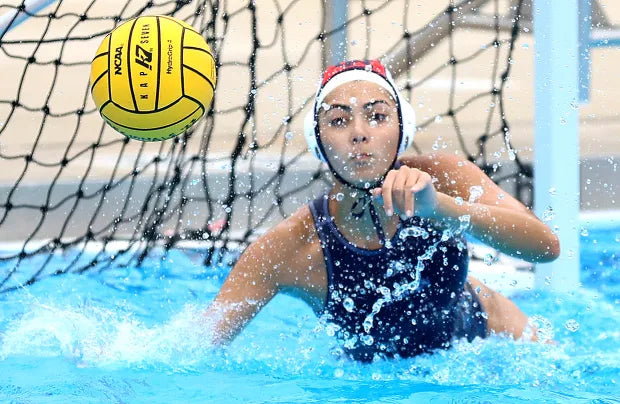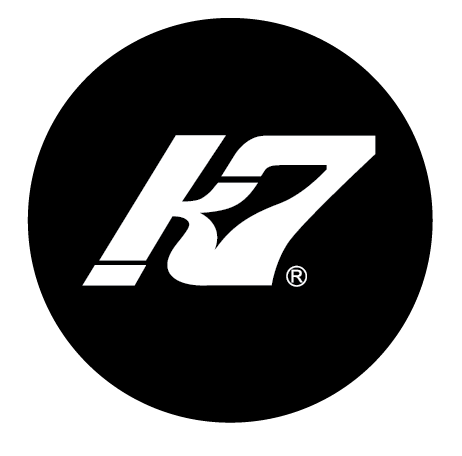Your Cart is Empty
Very roomy, well constructed, zips easily, great bag!! I use it as a carry on also!
It is well constructed and perfect for keeping warm and dry between games or after practices. Love it.
REQUIRED ITEM - Trojan Water Polo Club Team Store - Game Day T-Shirt Bundle




Lance Clark
December 29, 2023
Great article, but why are you giving away our secrets? Lol. BTW, I have shared your classroom goalie coaching video with many coaches that have told me they don’t know what to do with goalies. Great stuff and thank you for all you do.